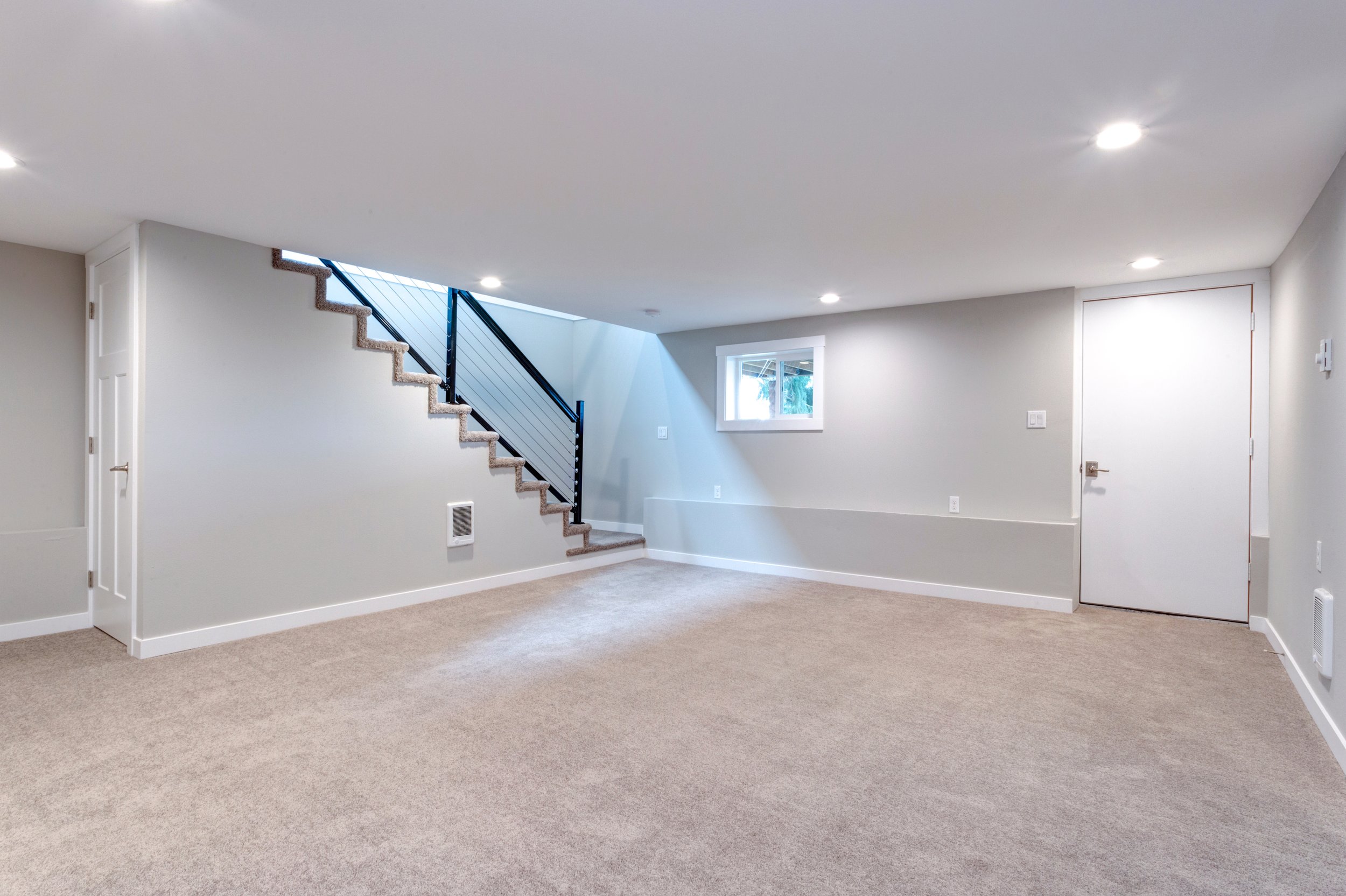New Construction Radon Testing
Your new home awaits…
Just because a home is brand new, doesn’t mean it is immune to high levels of radon.
A new construction radon test is just as important as the rest of the inspections that are done in order to make sure your home is ready to live in.
Testing is quick, easy, and minimally disruptive. It’s also standard enough practice that your builder will know what to expect and how to do their part to ensure accurate test results.
How is a new construction test different?
Radon testing for new construction homes typically occurs during the building process, before the home is occupied. The goal is to ensure that the home is built with radon-resistant construction techniques and that radon levels are low prior to occupancy. Testing for existing homes involves measuring radon levels after the home has been constructed and occupied. The goal is to identify any radon problems that may exist in the home and take steps to mitigate them if necessary.
Radon in New Construction FAQs
Are newer homes less likely to have radon?
Not necessarily. The age of a home is not a reliable indicator of whether it is likely to have radon. Instead, factors such as the condition of the foundation and construction, as well as local geography, are more impactful.
Should you move into a house with radon?
It depends. Radon mitigation is a very common practice - particularly where we’re located in Northern Virginia - but it’s still something else that needs to be done (and maintained) with a home.
What houses are most at risk for radon?
Homes with the following features can be at an increased risk for radon: basements + crawlspaces, poor ventilation, historic homes, soil with high levels of uranium, and those with well water.
How quickly does radon build up in homes?
Though this varies depending on soil composition, ventilation, home characteristics, temperature and pressure, it’s typically a slow process. That said a short term radon test is sufficient to capture accurate results.

